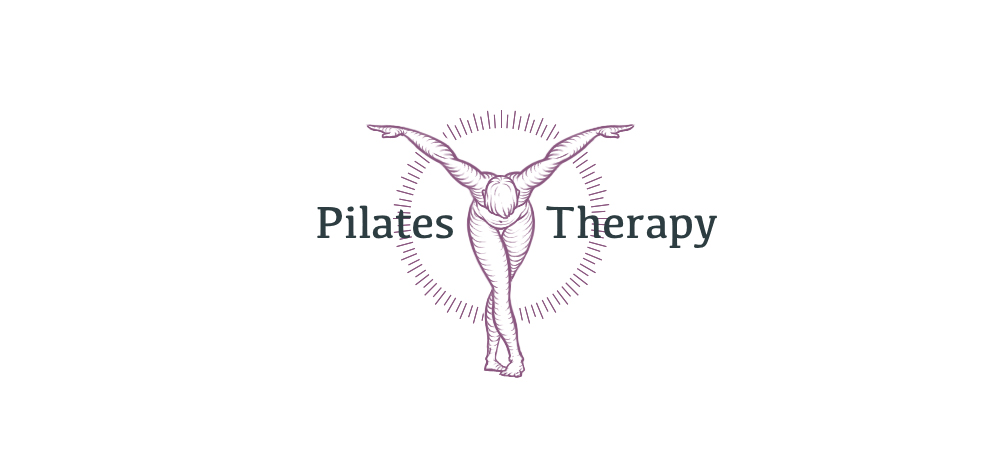To Understand how Pilates Therapy came about we need to cover a bit of the History of Pilates teacher training…
Bit About the History of Pilates Teacher Training...
Since I began teaching way back at the end of the 90’s, Pilates has gained recognition as something that is of great benefit to the general public. Back when I was in those leg warmers Pilates was passed down apprentice style as the man himself never set out a formal training program for those that wanted to study with him and go on to teach for themselves.
Since that time the popularity of Pilates has grown and in response teacher training programs began to pop up worldwide to meet the demand for teachers. The fitness industry jumped on board and now there are hundreds, if not thousands, of teacher training programs out there with varying degrees of qualifications ranging from the classical Pilates teachers who will only teach his classical repertoire which they believe to be true to Joseph Pilates, to the physiotherapists who use elements of his original repertoire and refer to this as Clinical Pilates, Now Pilates is integral to most fitness centres and has certainly gone mainstream. This demand has resulted in many people teaching Pilates with minimal qualifications which is possible as there is no copy right for the name Pilates and anyone can open a class and call themselves a Pilates teacher.
It truly has become a case of buyer beware making it difficult for the public and even more difficult if you are considering training to become a Pilates teacher. A UK National standard was brought in by the fitness industry which many training bodies didn't feel was of a high enough standard and were reluctant to join. This standard is not an indication of the highest standards of Pilates teacher training, but will give the teacher the option to be insured and teach in gyms across the country. The UK National standard is only recognised by the UK which is also something to consider when finding a teacher trainer. The standards of teacher training will still vary greatly. Generally the best courses will be of longer durations and much more rigorous and there will be a reason for this.
Any course taking less than a year to complete with or without a clinical background is unlikely to turn out the best teachers.
How Pilates Therapy Teacher Training Came about...
Over the years of working with many clients, I wanted to find a way to be more prescriptive when planning a Pilates program for my clients. When other practitioners assess their clients they use objective screens which were not part of the Pilates training courses I had attended. Pilates is an amazing movement system that teaches balanced movement integrating what are now recognised as sound biomechanical principles of movement. Joseph Pilates didn’t have a medical background yet he came up with a system of movements that work. His clients improved, got stronger and that was enough.
Today evidence is considered essential yet there was none when Pilates came up with his system. Clients are often referred to Pilates by other practitioners (osteopaths, physiotherapists, chiropractors, etc.) and these practitioners use objective screens which are tried and tested. They send clients to Pilates because they recognise the need to integrate movement as part of the healing process and Pilates is all about integrated movement.
I often see clients who haven’t been to see anyone about their niggles because they don’t believe there is anything that serious (‘I just tweaked my shoulder, knee, ankle etc.’). I wanted more skills to help this population and to be able to identify when things required referring on to someone with the appropriate ability to intervene before they continued with their Pilates practice. This led me to seek out additional training in different areas to fill in the gaps enabling me to screen my clients objectively and comprehensively assess my clients.
While taking some of these courses I came across another Pilates teacher who was aligned with my way of thinking. Between us we had trained with most of the Pilates educators in the UK and we agreed there were gaps in even the best Pilates training. We both were adding to our skills and integrating these skills into our Pilates sessions with our clients. This teacher was Bonnie Southgate of BioPilates in Poole, Dorset. Our combined experience of Pilates included having trained with some of the best Pilates educators in the UK and USA. Combining the additional skills we were acquiring with the Pilates system was getting great results for our clients.
We decided to share these skills with other Pilates teachers in the form of a comprehensive teacher training course that would teach Joseph Pilates original classical Pilates repertoire, as we felt it was important people knew where the system originated from, along with more modified exercises to use when needed. We decided to only teach a comprehensive course as the mat work is only a small portion of the story and learning to use the entire spectrum of Pilates equipment changes how you view his entire system. We then wrote our training course and have integrated selected therapy skills in order to give teachers the skills to assess and work with their clients with a much greater understanding of what they are doing and how to use these skills to obtain changes for their clients. We are also able to equip those Pilates teachers with enough experience, who have trained with reputable schools, with the therapy based skills included in our comprehensive training course. This bridging course will include assessment, essays, case studies and an exam.
